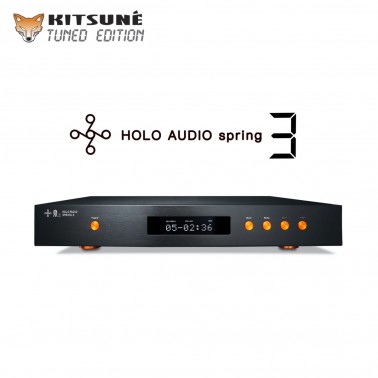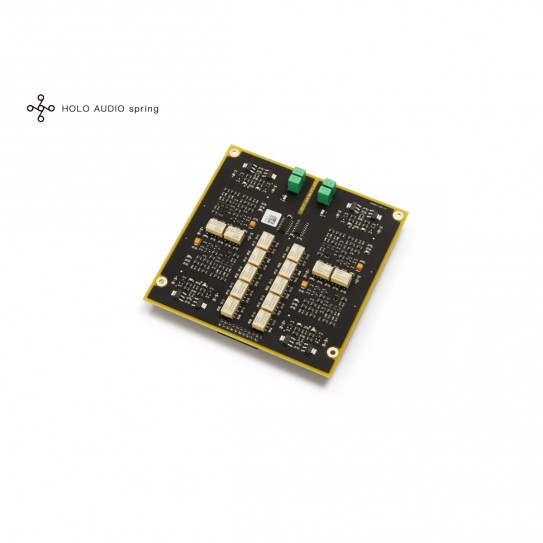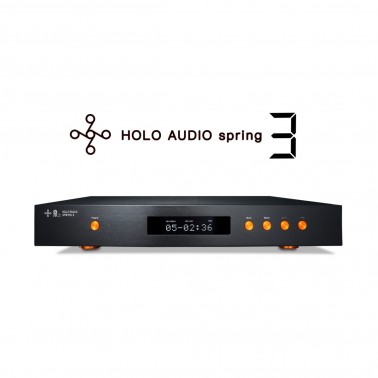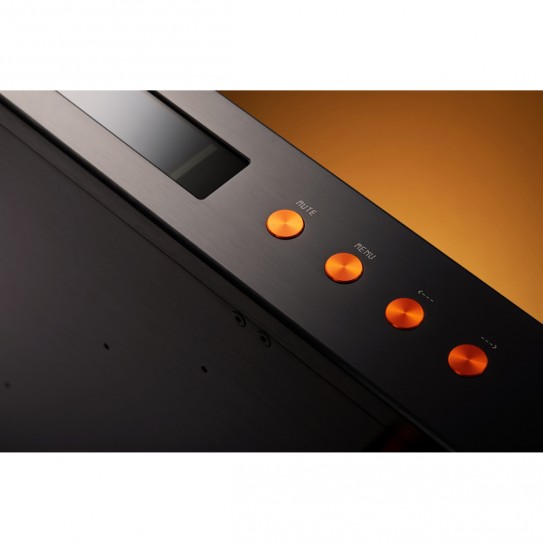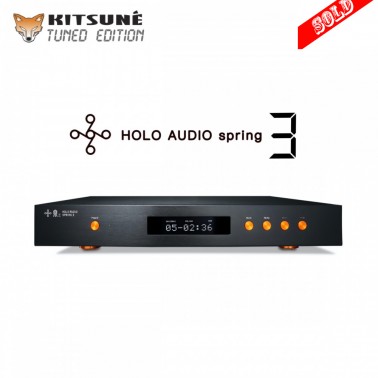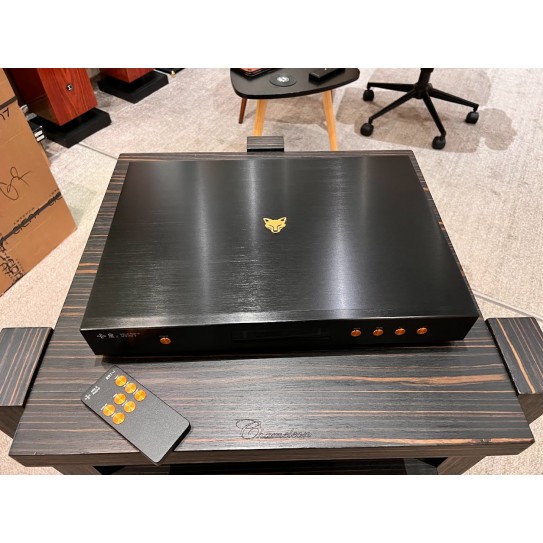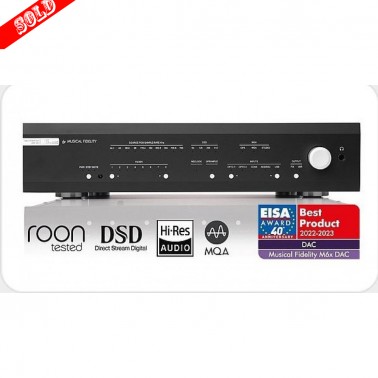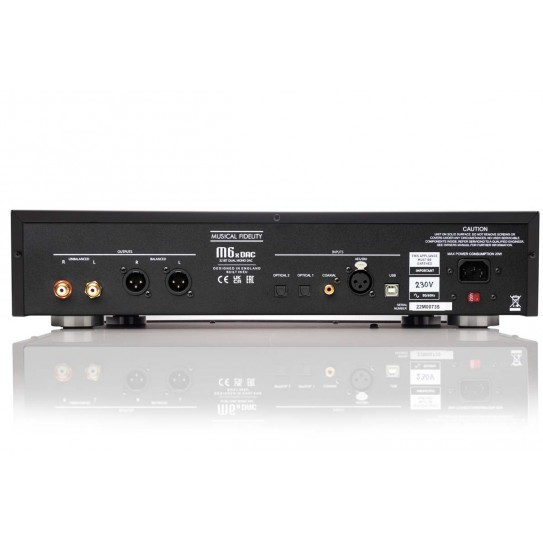Holo Audio - MAY DAC KTE - Kitsune Edition (R2R - DSD1024)
- BrandsHolo DAC
- Product Code: Holo Audio - MAY DAC (R2R - DSD1024)
- Availability: 10 working days
6,350.00€
Available Options
/may-dac3.jpg)
The May DAC is here! over 3 years waiting and tremendous R&D to achieve a new level of performance and sound quality that sets a new standard. Ultimate endgame DAC. Natural Analog sound with no compromise. Having the best measurements of NOS R2R Dacs. And delivering our intoxicating sound signature that HoloAudio is known for.
The May DAC (all three models) will also support DSD1024 native and PCM 1.536MHz output! Theoretically it can do DSD2048 and PCM 3.072Mhz however is untested at this time. Also, we have worked hard to reduce the common click noise with all dacs when switching from DSD to PCM. This sound click sound has been reduced significantly with a special circuit design. The May DAC has the new and exclusive USB Enhanced module which has our FPGA with the new Titanis 2.0 and custom firmware to improve USB Eye Pattern and reduce latency to near zero as well as reduce jitter to very very low levels. The USB module has completely new code written to optimize performance and reduce latency significantly. Low frequency performance (-40db) is also improved. The “enhanced” USB module has two XMOS xu208 chips instead of one that is used in the Spring2.
New improved power supply circuit with high performance multi stage regulation circuit using Rubycon ZLH caps, Panasonic FC, Vishay Caps or L2/KTE models with our exclusive HoloAudio Branded Caps (KTE model unique custom proprietary caps to replace Vishay caps)
/may-dac11.jpg)
The KTE version has OCC copper wire replaced with 1.5mm pure silver wire. 1.5mm Silver wire is soldered direct to the pcbs with highest grade audio solder. Silver Rhodium Faston connectors used at IEC input.
The May is a DUAL mono DAC. so there is a dedicated Dac Module for Left Channel and a dedicated Dac Module for Right Channel. Also each channel is individually powered by it’s dedicated Otype FLATWIRE transformer found in all three models. We have found after careful testing this new transformer type outperforms ALL transformers we have ever tested to this date. Near zero leakage, improved dynamics and overall spectacular performance. They are handmade for this dac specifically and delivery world class performance you would expect./may-dac12.jpg)
May dac also has a new screen on the front that appears the same as the Spring2 on initial glance…. Font size is bigger than Spring2 but smaller than Spring1. Also you can see the CD track-time information is displayed when using spdif inputs!!!. This is done by extracting additional data from SPDIF. This a part of CD red book standard but nobody notices this and often forgets this cool feature or doesn’t know how to extract the data!. This will lead a fashion for other DAC developer to support this feature… customers will surely love this feature albeit subtle. The screen is much better contrast and viewing angles and one of the first things one may notice.
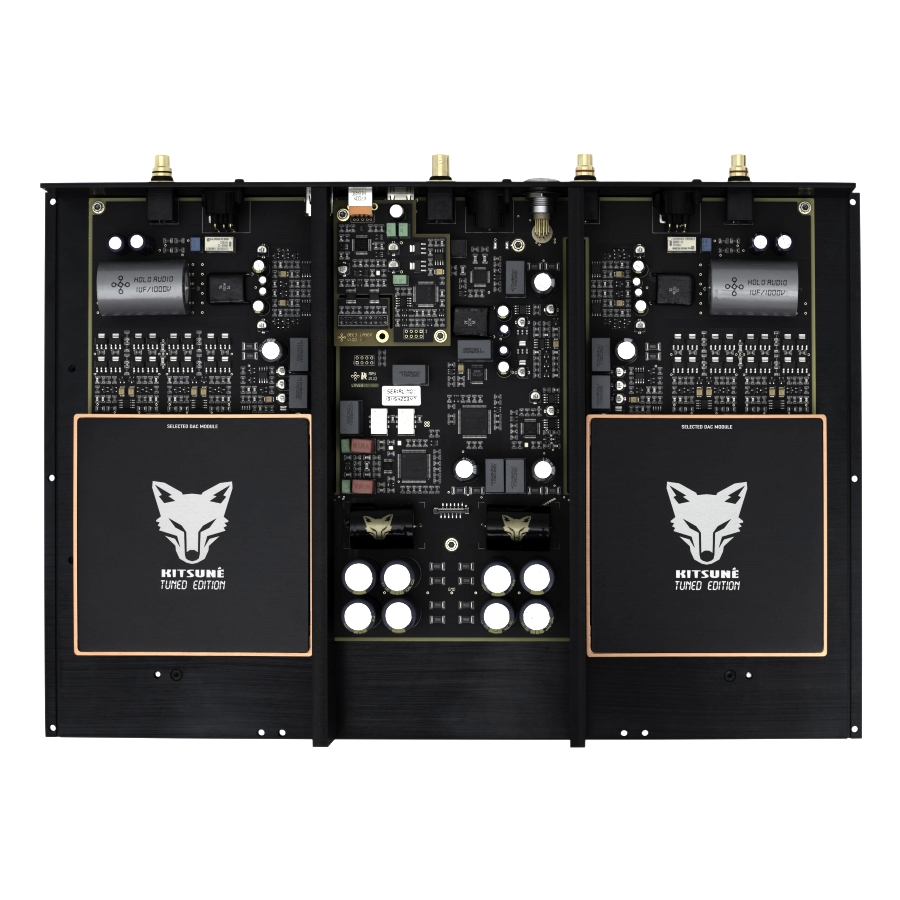
hand selected modules
KTEexclusive Caps
HoloAudio Caps
Dac Module exclusive cover/shields
Silver wiring
Red Nano Fuse and many more mods/improvements
Remote Control
DC cable, power cable.
Notable features of May Dac
The new generation of linear compensation technology solves the accuracy errors caused by resistor
tolerance, after compensation, reaching a variance of 0.00005% tolerance accuracy.
Proprietary anti-jitter technology that provides a full amplitude of anti-jitter without increasing noise floor and other undesirable effects.
Based on this new generation of technology May “梅” can provide a SINAD of >115dB and a dynamic range of >130dB, which represents the performance limit reached by today’s most advanced R2R architecture DAC.
Using the ultimate performance of PLL+FIFO technology, provides 0.1Hz Third-Order low-pass ability to inhibit jitter.It also uses a high-performance femtosecond VCXO as the PLL clock source. Under the premise of being almost immune to the front-end jitter, it can also lock up to 1.5us-2us @ 1KHz signal with high jitter. (It can lock up to 1.5us-2us @ 1kHz signal with high jitter on the premise of almost being immune front-end jitter).
Dual Mono DAC L/R channels are independently powered by their own dedicated transformer in the PSU chassis.
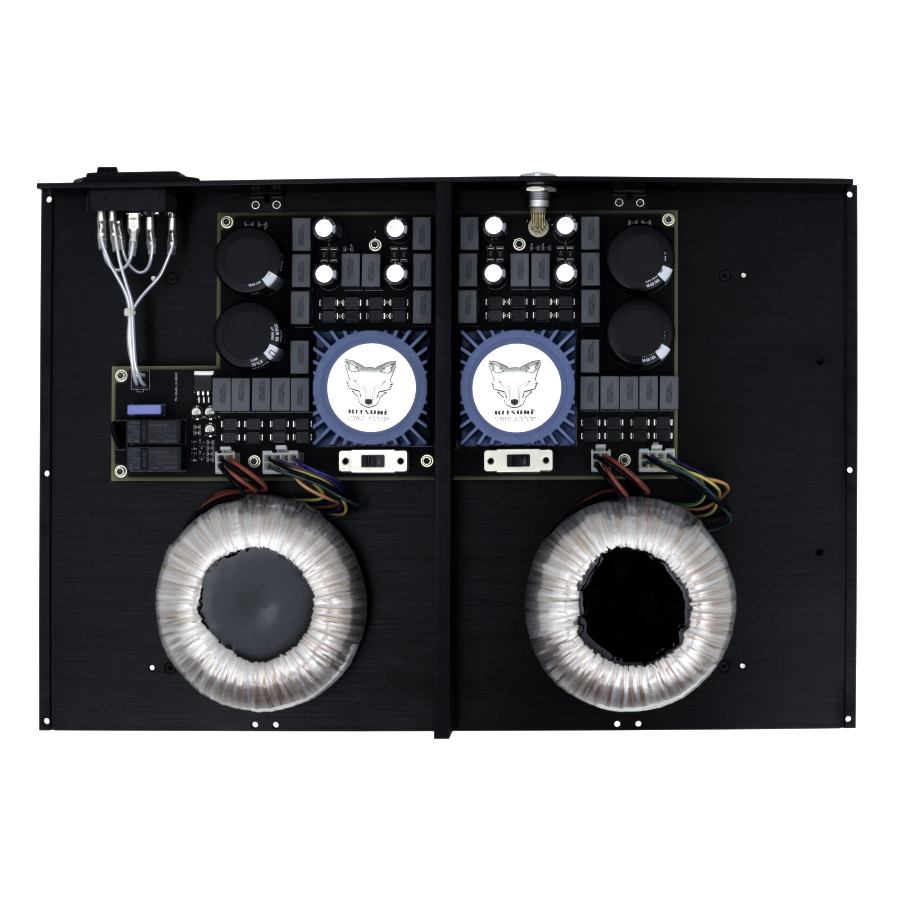
This provides better channel separation and more accurate sound stage.
Official Support USB and I2S up to DSD1024 and PCM1.536MHz sample rate.
The USB interface uses proprietary firmware with ultra-low latency, a highly reliable data transmission, ideal USB eye pattern measurements that contributes to 2-4 times higher performance than official firmware.
Two sets of independent HDMI-I2S input interfaces are provided, and each set of I2S has a four-way
independent circuit, as opposed to standard LVDS chip, making I2S clock signals subject to lower
interference and lower jitter. In addition, each group of I2S inputs can be configured with specific pinout configuration, making it compatible with most of the HDMI-I2S digital devices on the market.
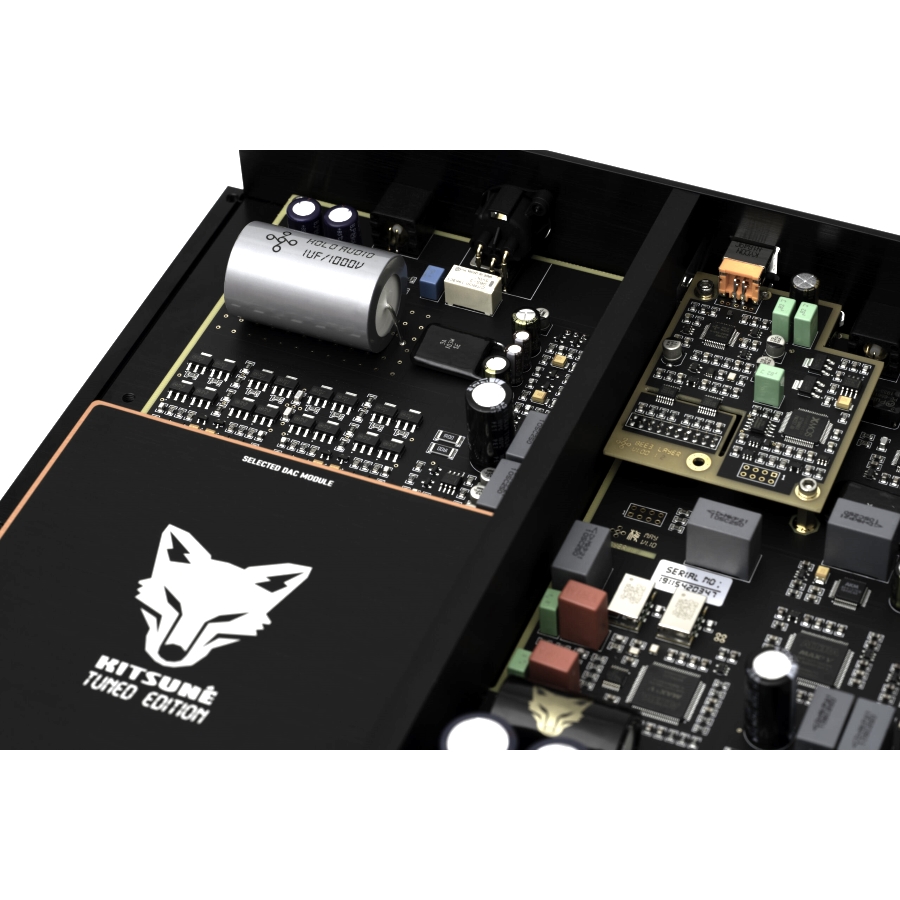
(Digital)USB*
RCA coaxialBNC coaxial
AES/EBU
Toslink
HDMI (I2S LVDS)*
HDMI (I2S LVDS)*
*HDMI LVDS Compatible with Singxer SU-1 and Pink Faun I2S Bridge
Outputs (Analogue)RCA single-ended XLR balanced
/may-dac4.jpg)
Discrete DAC that has Linear compensation and this allows for ultimate music reproduction accuracy. Separate R2R network for PCM, and R2R for DSDOpamp used as input and discrete output design is applied. Fully DC coupled, no capacitors are used in signal path. Pure Class A output stages.MAY DAC configuration options NOS mode, without oversampling, the original data directly to the analog conversion. NOS can avoid these problems because digital oversampling can produce time-domain distortions such as ringing effects. NOS will usually have a significant impact on other performance indicators, but the spring design can make the NOS mode also maintain a good performance indicators. OS mode, make PCM oversampling to reach a higher frequency PCM, the DSD oversampling to a higher frequency DSD, and then digital analog conversion. OS PCM mode, whether it is PCM input or DSD input, will be oversampled to PCM mode for digital analog conversion OS DSD mode, whether PCM input or DSD input, will be oversampled to DSD mode for digital analog conversion. Digital input interface, including, USB (ground isolation), RCA, BNC, AES, optical fiber, HDMI interface, I2S. All digital input interfaces support DSD (DOP mode). Spring analog output interface for the single-ended and balanced each group.
WEIGHT 19 kg
DIMENSIONS 430mm × 299mm × 152mm
VERSION KTE May, L1 May, L2 May
Technical Information about our Custom PLL circuit: Now the May is implemented with femto clocks, and also new discrete ultra high performance voltage regulators.
It has an advanced PLL (phase lock loop) circuit that is completely custom built for ultra high performance anti jitter performance. Even the highest levels of jitter are near eliminated which delivers world class performance. Using Crystek VXCO clocks that will take any incoming digital signal an reclock it to perfection! This feature can be enabled or disabled to test and prove it’s performance is truly spectacular.
Note: this is NOT an off the shelf PLL, but it’s truly the most powerful PLL found in a DAC. Or at least to our knowledge it’s the most powerful PLL ever.. Spdif usually is a not a good protocol because it’s very old and dated! It was designed in 70s together with CD with Sony and Philips. As you may know, It encodes the data signal together with clock signal so it can be transferred by a one-core cable. It makes the cable easy to source, but to encode the data to clock at the transmit side and decode the clock from data at the receiving side, creates jitter. Toslink is a fiber glass version of SPdif. So Toslink adds even more jitter while doing electronic to photo and photo to electronic translation. So people will see clearly that I2S is usually better than SPDIF because I2S has 4 separate signal, 3 clocks 1 data. So it does not have encoding-decoding stuff thus has a better jitter performance.
This is important to know this.
A common technique to improve the clock signal from SPDIF is PLL. A PLL is to use a local clock generator to track the source clock. You know jitter is actually a time deviation problem. For example, the fist period frequency is 44101Hz and the following second period is 44099Hz. Thus it has 2/44100 jitter. A PLL is to smooth the time deviation of clock. So after the PLL, it can be 44100.9-44099.1(this is a weak/poor performing PLL).
Or it can be 44100.1-44099.9(this is a strong performance PLL). Usually, a SPDIF chip, like AK4118A, has an internal PLL. AK4118A is good chip compared to other spdif receiver chip and it marks 50ps jitter. It’s the best we can get from a commercial chip. But it’s far from ideal, and definitely not enough for a HiFi standard we are implementing in the May dac. So we need a significantly stronger performing PLL. If the PLL is strong enough, it can smooth the 44101-44009 source clock to 44100.00001-44009.99999(very close to ideal 44100-44100) But to make a stronger PLL is not easy, it’s actually incredibly difficult.
First you need a powerful local clock source. A fixed clock can’t be used because it need to be adjusted to follow source clock rate. A common solution to use a VCO(voltage controlled oscillator). VCO is made by resistors, capacitor and inductors.
The cost is low but performance is not so great. So, a better solution is to use VCXO(Voltage controlled crystal oscillator), it uses crystal as oscillator and crystal is a far better oscillator.
The VCXO we used in May is Crystek’s CVHD-957. This the best VCXO we can get now. The second hard problem is, the data need to be synchronized with clock.
For example, the source has 44101-44099 clock from SPdif, that also mean it has 44101 samples in first period and 44099 samples in second period. So a good local 44100-44100 clock will have to throw away one sample in first period and lack one sample in second period. An easy fix to it is to use digital filter to smooth the data and it calls ASRC, but ASRC actually modified the data.
So after ASRC, the data is modified thus not bit perfect anymore. And digital filter can also generate time domain problems like ringing artifacts. So, a digital filter is not a good way to solve this problem, or you can say, it solve a problem by introduce another problem. May uses a fifo buffer to store the extra one sample in first period and release it in second period. So it has no harm to data.
The difficulty for this design is how to manage fifo buffer. It can be a problem when you have a long-term jitter. And long-term jitter is actually called low frequency phase noise in a frequency domain point of view. To explain it easily, let’s take a example, a long term jitter can be like this, 44101-44102-44103-44104-44105-44104-44103-44102-44101-44100-44099-44098-44097-44096-44095-44096-44097-44098-44099-44100. So you see, it will have 25 extra sample in first ten periods, so the fifo buffer need to able store enough of them and release it in next 10 periods.
So, as a result, May’s PLL’s corner frequency is set to 0.05-0.1Hz in 3-orders. Than means it can reduce a 10s long term jitter by 90%, 1s period jitter by 99%, 0.1s period jitter by 99.9%…… That maybe the most powerful PLL in this industrial. And the most important is, it won’t lose data, it can still locking the source while huge jitter comes in.
When you compared other similar PLL in the industrial, you can see it simply unlock the signal when huge jitter comes in. So, in that way, it simply stop you from listening, it tells you there is a problem but not solve it. I have attached 2 pictures. The AP equipment generate huge jitters to SPDIF(750ns, 1KHz).
If the PLL turned off, you will see an very ugly spectrum that means the jitter distorted the analog signal badly.
The other picture turn on the PLL, and you can see it beautifully removed almost all the jitters. Compared to other competitors PLL. They won’t remove the jitter so clean, and simply unlock the signal for more than 10ns jitters.
DSD is natively supported for the first time on this R2R Discrete
DAC HOLO Audio is the world’s first to support DSD natively on R2R DAC, so far the only one. This is not the DSD converted to PCM before digital-analog converter, but directly by the discrete components of the DSD digital to analog converter. Supported currently on MAC (DOP)and Linux (DOP), and Windows/PC (Direct Native and DOP).
/may-dac10.jpg)
Jeff Zhu – HoloAudio Explains his patented R2R technology
There are ways to improve the performance, the segment+R2R is one way.
Trimming is another way.
There is an additional R2R ladder in Spring, it compensate the main R2R ladder. It works like trimming, but trimming is to change the resistor value.
This additional R2R ladder are digital controlled and is to compensate the resistor tolerance.
For example, the MSB of 16 bits should have the value of 32768, but due to tolerance, it represent 32700 in real world.
Then that additional R2R ladder will compensate 68 into it.
Then it became 32700+68=32768. Actually there are other ways to improve performance, I just told you two stories.
There are more stories behind the design. It is really hard. I must count every via holes in layout, every PCB wire has it’s impedance and must put attention on it.
A via hole can be 50 m Ohm, it is 1/20000 of 1 kilo-ohm, and you see, it covers 32768 which is the MSB of 16bits.
Also the switches has self-impedance which is about several ohms to 30 ohms. If you find this issue.
Maybe you will go crazy, it seems to be an impossible mission. But a good designer will overcome all these problems. It’s our value at HOLO Audio.
All the resistor tolerance, switch impedance, line impedance, via hole impedance, finally reflect as linearity.
There is a chart that shows Spring’s linearity, it’s excellent. But I suggest you to look at THD performance.
Bad linearity must result a bad THD performance. But good linearity doesn’t mean there will be good THD performance.
THD is dynamic performance, more critical than linearity which is a static performance.
If you look at the THD performance, you will find Spring to maybe the best among those competitors.
I’m applying a patent which contribute a lot of that performance. But I can’t tell you how. It’s confidential now.
WARRANTY
3 years warranty, both parts and labor, cover one way shipping (return shipping once product is confirmed a warranty claim).
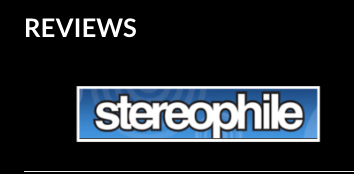
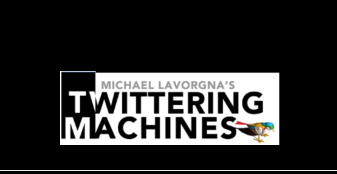
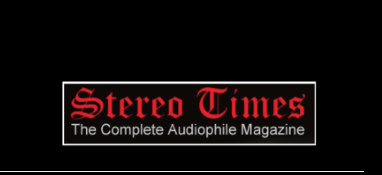
* Worldwide shipment service where the Distributor or Dealer does not exist
* Free ship cost in Europe for order over 500€ (except speakers, we offer 50% of ship cost)
* Free ship cost Worldwide for order over 2000€ (except speakers, we offer 50% of ship cost )

/kte-may-dac-4-scaled-1000x1000.jpg)
/kte-may-dac-9-scaled-115x115.jpg)
/kte-may-dac-15-scaled-115x115.jpg)
/kte-may-dac-12-scaled-115x115.jpg)
/kte-may-dac-14-scaled-115x115.jpg)
/kte-may-dac-13-scaled-115x115.jpg)
/kte-may-dac-11-scaled-115x115.jpg)
/kte-may-dac-10-scaled-115x115.jpg)
/kte-may-dac-8-scaled-115x115.jpg)
/kte-may-dac-3-scaled-115x115.jpg)
/kte-may-dac-5-scaled-115x115.jpg)
/may-dac-prod1-1-scaled-378x378.jpg)
/may-dac17-543x543.jpg)
/may-dac4-543x543.jpg)
